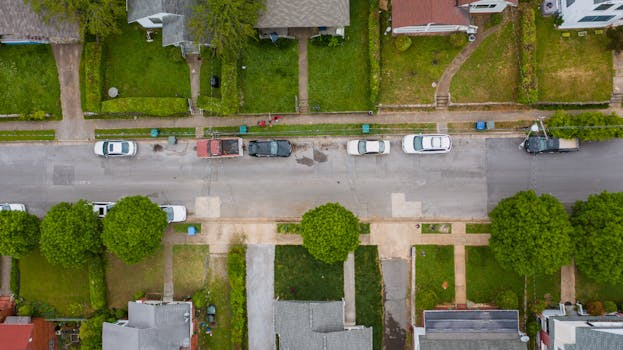The Suburban Renaissance: How COVID-19 Reshaped the Housing Market
The COVID-19 pandemic has dramatically reshaped the housing market, with one major trend emerging – the suburban renaissance. After years of urbanization, the pandemic has shifted the focus back to the suburbs, with homeowners and renters alike flocking to these suburban havens. This trend has not only led to a surge in suburban home sales, but also sparked a transformation in the way people view their homes and neighborhoods. In this article, we will delve into the suburban renaissance and explore how COVID-19 has affected the housing market.
The Rise of the Suburbs
Over the past few decades, there has been a significant shift towards urban living. Cities have become the hub of business, culture, and entertainment, attracting young professionals and families with the promise of a vibrant lifestyle. However, with the onset of the pandemic, the crowded and high-cost living of cities has lost its appeal.
The spread of the virus, the subsequent lockdowns, and the need for social distancing have pushed people to rethink their living situations. As many companies switched to remote work, the need to be close to the office no longer existed. By moving to the suburbs, people not only saved on rent or mortgage, but also gained more space, greener surroundings, and a sense of community.
The Suburban Housing Market Boom
With the surge in demand for suburban homes, the housing market has seen a boom. According to the National Association of Realtors, home sales in suburban areas have increased by 40% compared to last year. Moreover, prices have also risen, with the median price of a suburban home up by 14%. This trend has been observed in major cities across the country, including New York, Los Angeles, and San Francisco.
The pandemic has also led to an increase in the sales of single-family homes in the suburbs, as opposed to apartments and condos in the cities. This has been attributed to the desire for more space and privacy, as well as the perceived safety of suburban neighborhoods.
The Impact on the Housing Market
The suburban renaissance has not only affected the housing market in terms of sales and prices, but it has also sparked a transformation in the real estate industry. With more people choosing to work remotely, there has been a shift towards virtual home tours, online mortgage applications, and contactless transactions.
Moreover, the demand for certain amenities in suburban homes has also increased. With people spending more time at home, features such as home offices, outdoor spaces, and high-speed internet have become must-haves in the suburban home.
The Future of the Suburban Renaissance
While it is uncertain how long the pandemic will last, it seems that the suburban renaissance is here to stay. Many experts believe that the trend will continue even after the pandemic subsides, as people have now experienced the benefits of suburban living and may not want to return to crowded cities.
However, this shift towards the suburbs has also raised concerns about the affordability and availability of housing in these areas. As the demand for suburban homes continues to rise, it may become increasingly difficult for lower-income families to find affordable housing in these areas.
In Conclusion
The COVID-19 pandemic has reshaped the housing market in ways that were unimaginable just a year ago. The suburban renaissance has not only led to a surge in home sales and prices, but it has also sparked a transformation in the way people view their homes and neighborhoods. While the impact of this trend on the housing market and society as a whole is yet to be fully understood, one thing is for sure – the suburbs are back and are here to stay.







